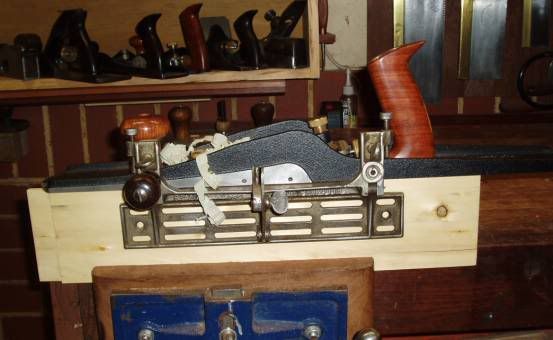engineer one
Established Member
and there was me trying to get out of this thread without too much damage. 
and i thought passion was dead in this world.
i agree alf passing on something new you have found and like is good
news, but my concerns are still the same, for new guys,like the one asking which LV or LN planes to have his family buy, all that investment , and
no clear answer about sharpening.
that was always the gist of my query. i only went to buy some wood, and decided to talk to someone who was demonstrating. nearly had the wife leave me i was gone so long,( i know is that good or bad??)
as i have said before, too many people are backing their own method without thinking about the impact both mentally and financially on others.
when starting out, you want sharpish tools, and the ability to understand when they get less sharp, and the best method to keep them sharp for longer.
that with a plane is way before the argument about setting the blade and throat properly.
back to the cages guys, and lets think about this sensibly.
paul
may all you troubles be plane sailing. :lol:
and i thought passion was dead in this world.
i agree alf passing on something new you have found and like is good
news, but my concerns are still the same, for new guys,like the one asking which LV or LN planes to have his family buy, all that investment , and
no clear answer about sharpening.
that was always the gist of my query. i only went to buy some wood, and decided to talk to someone who was demonstrating. nearly had the wife leave me i was gone so long,( i know is that good or bad??)
as i have said before, too many people are backing their own method without thinking about the impact both mentally and financially on others.
when starting out, you want sharpish tools, and the ability to understand when they get less sharp, and the best method to keep them sharp for longer.
that with a plane is way before the argument about setting the blade and throat properly.
back to the cages guys, and lets think about this sensibly.
paul
may all you troubles be plane sailing. :lol:





































